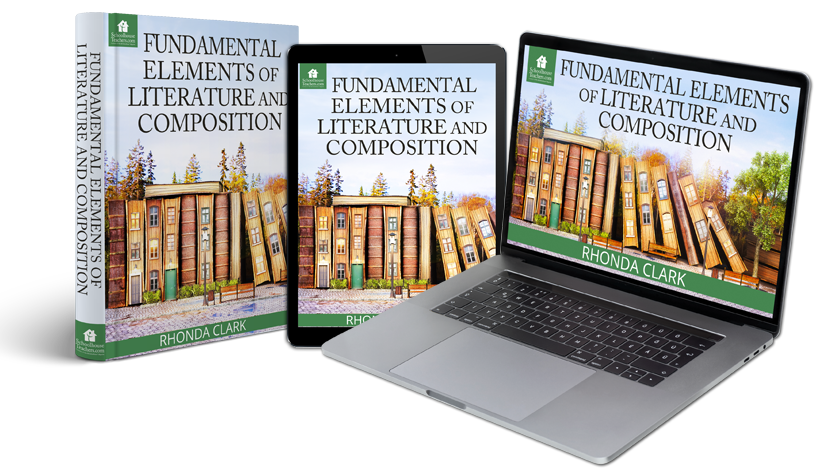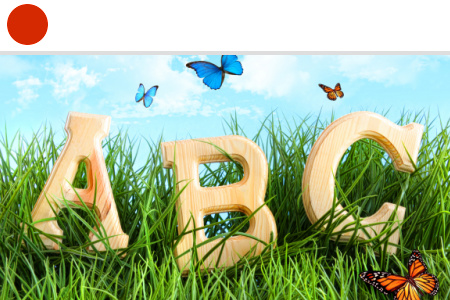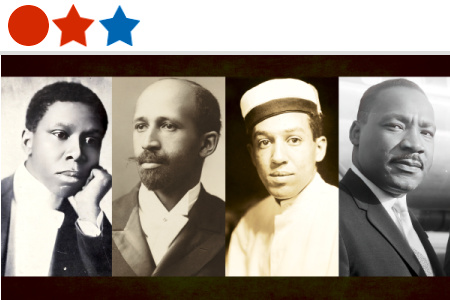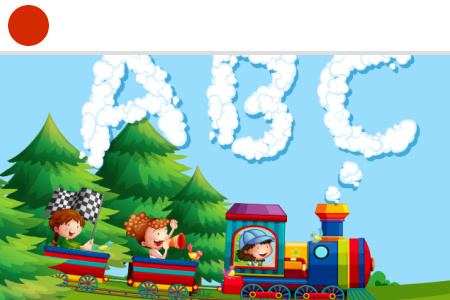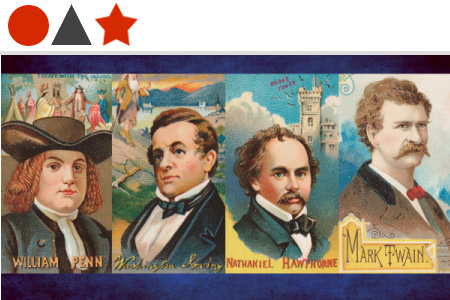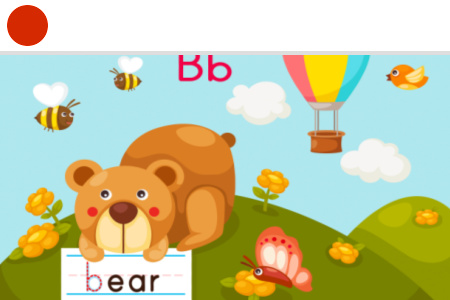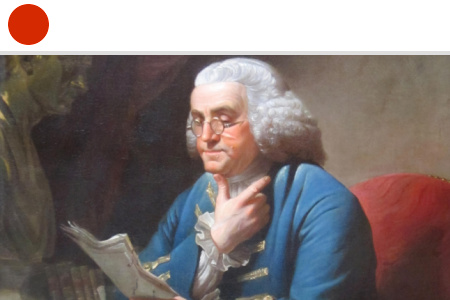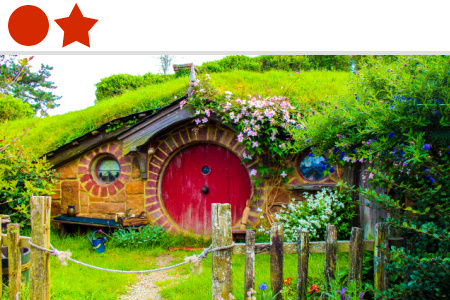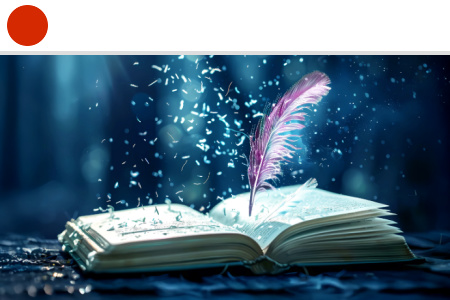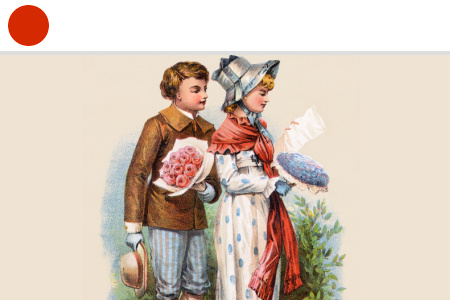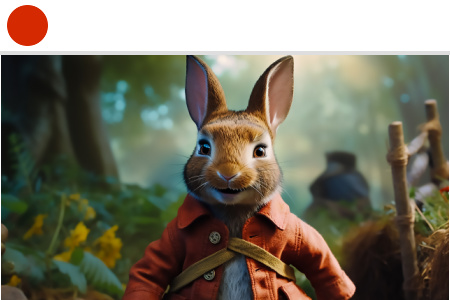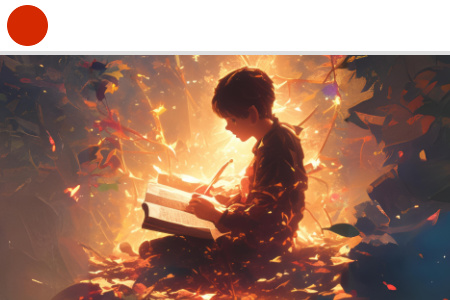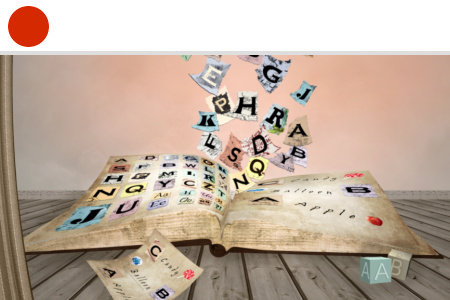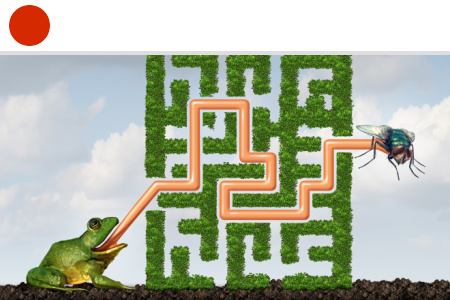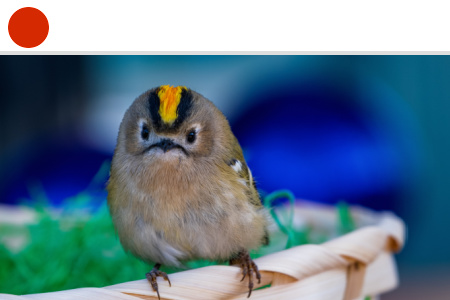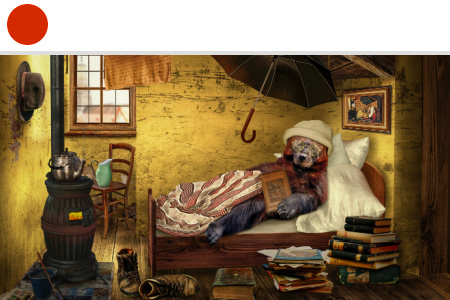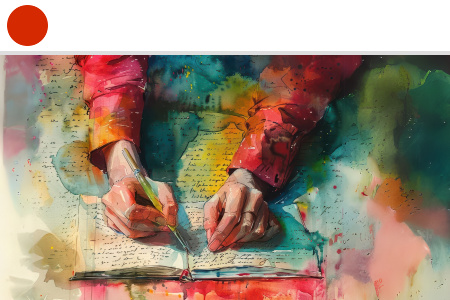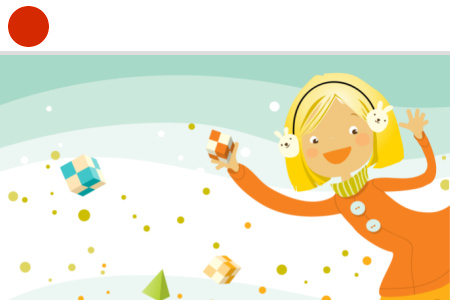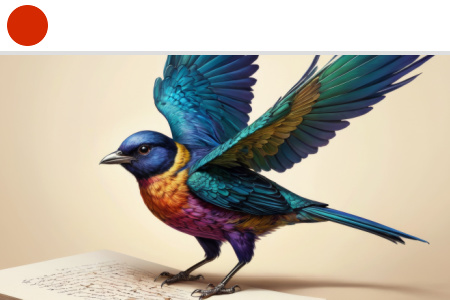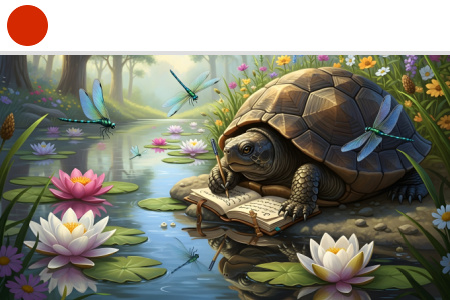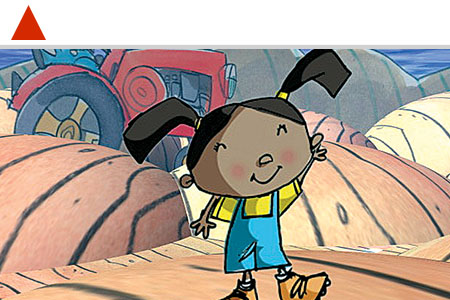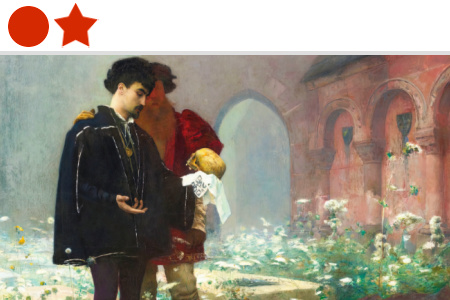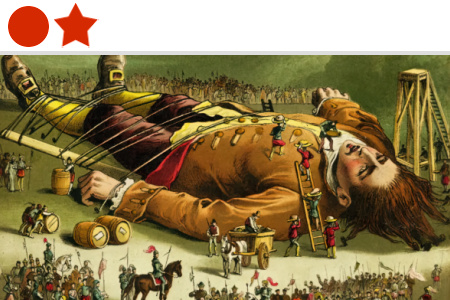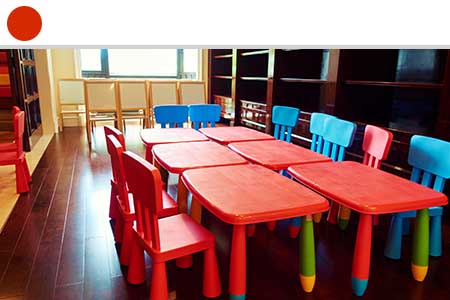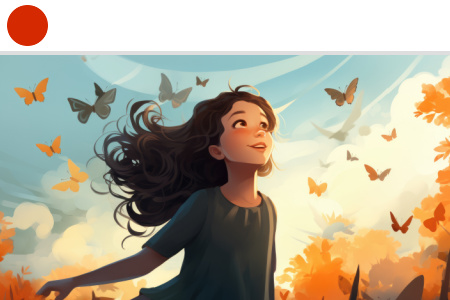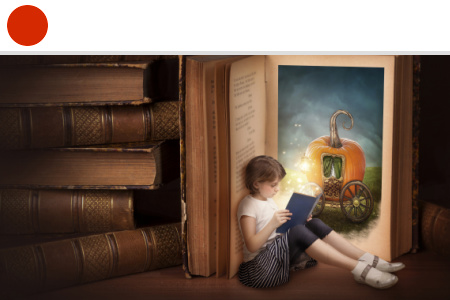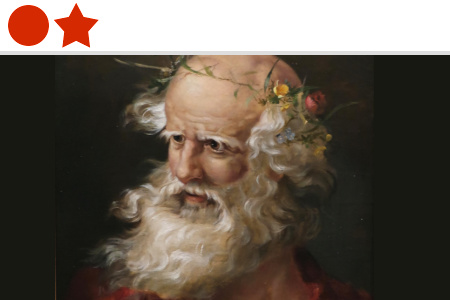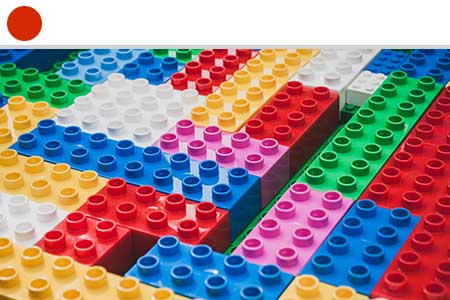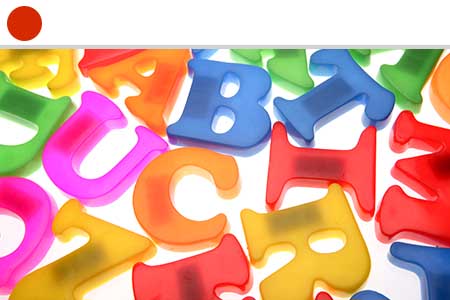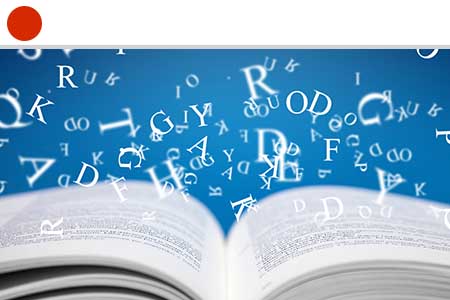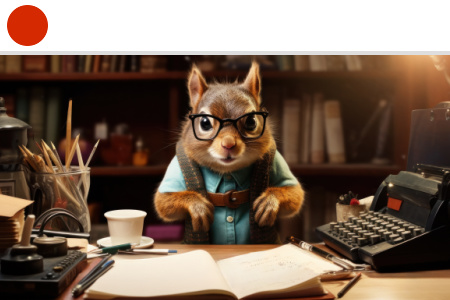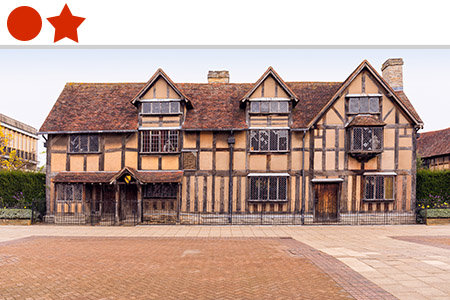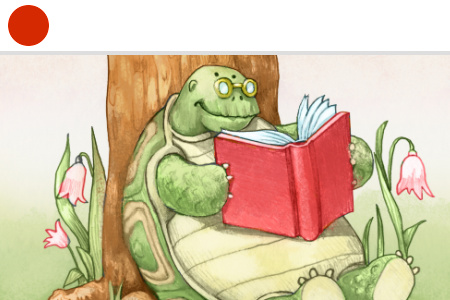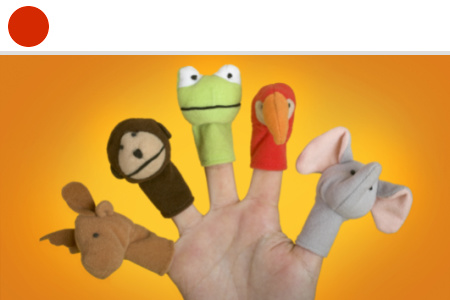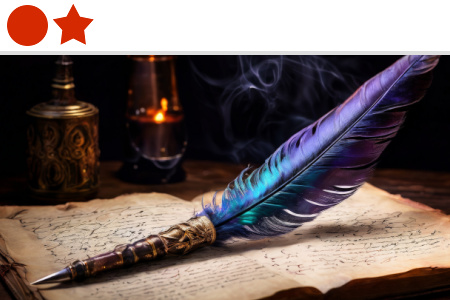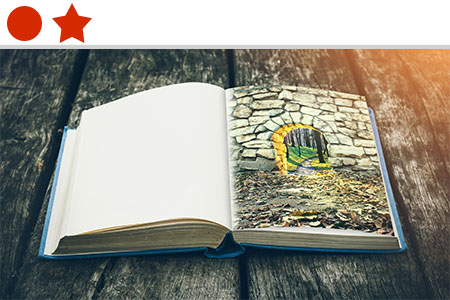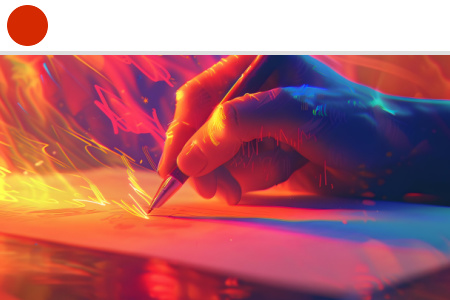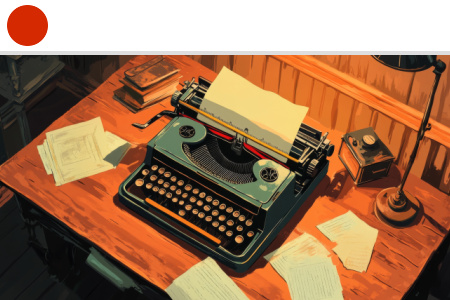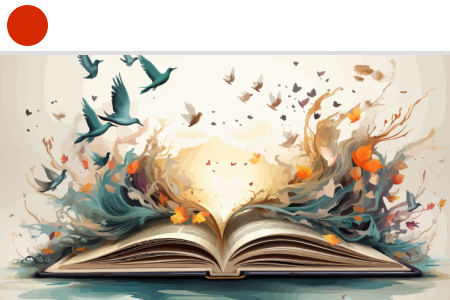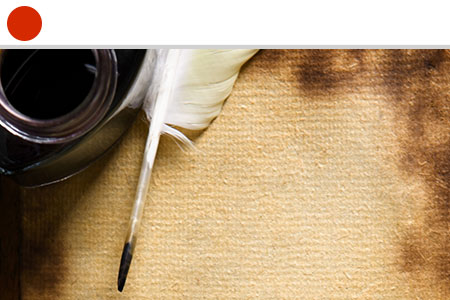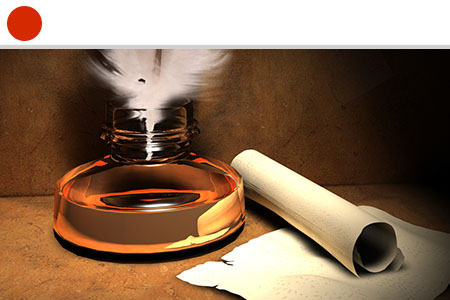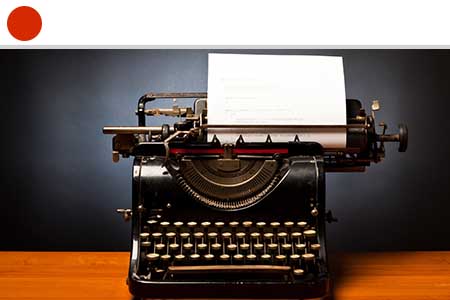Course Sample for Our Fundamental Elements of Literature and Composition
Fundamental Elements of Literature and Composition
By Rhonda Clark
Lesson 1: Narrative Writing
- Reading Selection: “The Necklace,” by Guy de Maupassant
- Writing Techniques: parallelism, organization
- Literary Device: imagery, plot, symbolism, hyperbole, paradox
Read the short story before reviewing the literary devices definitions and their use.
Literary Devices
- Imagery:
- Figurative language that creates a picture in the reader’s mind; Guy de Maupassant uses the following scene from “The Necklace” to show the reader the contrast between reality and fantasy of Mathilde’s situation.
- When she sat down to dinner at a round table covered with a three-day-old cloth opposite her husband who, lifting the lid off the soup, shouted excitedly, “Ah! Beef stew! What could be better,” she dreamed of fine dinners, of shining silverware, of tapestries which peopled the walls with figures from another time and strange birds in fairy forests; she dreamed of delicious dishes served on wonderful plates, of whispered gallantries listened to with an inscrutable smile as one ate the pink flesh of a trout or the wings of a quail.
- Plot
- Story line; it tells what is happening from beginning to end.
List the plot points for the story.
- Symbolism
- Using images to represent something
- In “The Necklace,” the necklace itself is a symbol that reality isn’t always what it appears. The imposter necklace looks identical to the real jewels, but in reality, it’s a wonderful simulation, just as humans create an appearance for the world, which is sometimes no reflection of what’s actually in our hearts.
- Hyperbole
- Exaggeration; we find examples of this in the way Mathilde had “aged five years” in one week.
- Paradox
- Dictionary.com defines this as “a statement or proposition that seems selfcontradictory or absurd but in reality expresses a possible truth.”
- The necklace is a paradox. It appears to be real, but it’s only glass.
Narrative Writing:
- This week you will write a three-paragraph narrative. A narrative is an actual event that occurred to you or someone you know, and you witnessed the occurrence. For this particular essay, think of a time you borrowed an item, broke or lost the item, and had to replace it. A friend could have borrowed your phone, dropped and broke it. Think about how you felt about the lost/broken item. What lessons were learned? What was the outcome?
- For these types of essays, it’s best to limit the time of the event. With it only being threeparagraphs, a few hours to a day would be best. You don’t have to give every detail— only pertinent information to the plot.
- Before you write your essay, you need to consider its organization. Put events in accurate order. If your plot gets twisted with events occurring out of order, you’ll confuse your reader. By creating an outline of the order of events, you’ll be sure not to have any plot points out of place.
- Use the following form to create an outline for your essay.
OUTLINE FOR NARRATIVE ESSAY
Event: ________________________________________________________________
Time Frame: _________________________________________
Paragraph 1: Introduction: Set the stage for what is happening. We don’t need to know the weather, unless that is a factor in this event. Give just the basics.
Who is with you? ___________________________________________________________
What do you observe? ________________________________________________________
What is happening? __________________________________________________________
When did this occur? _________________________________________________________
Where did this occur? _________________________________________________________
How did this happen? _________________________________________________________
Paragraph 2: Body: This will be the middle of the essay where the rising action occurs. The climax will occur at the end of this paragraph.
Plot point A: __________________________________________________________________
Plot point B: __________________________________________________________________
Plot point C: __________________________________________________________________
Climax: ______________________________________________________________________
You may have more than three plot points. Feel free to add a few more, but not too many. This is a short essay.
Paragraph 3: Conclusion: This paragraph will contain falling action, tie up the loose ends, and give a satisfying ending for the reader.
Plot point D: __________________________________________________________________
Resolution: ___________________________________________________________________
Lesson learned: ________________________________________________________________
**A note about paragraphs: generally, they consist of five to seven well-developed sentences. That is what I require from my middle school students.
As you’re writing your essay, an important factor is parallelism. This means all phrases and clauses have the same structure. An example:
Billy and Suzie are running, jumping, and jogged to the ice cream truck.
“Running” and “jumping” are both present tense verbs, while “jogged” is past tense. So how could they be running, jumping, and jogged? It’s impossible. The correct statement would be:
Billy and Suzie are running, jumping, and jogging to the ice cream truck.
Another example of non-parallelism is:
Carrie and Annie ate gingerbread cookies and fruit punch.
Can you see the problem with this sentence? How can Carrie and Annie eat fruit punch? They can’t, but they can drink fruit punch. The correct sentence should read:
Carrie and Annie ate gingerbread cookies and drank fruit punch.


